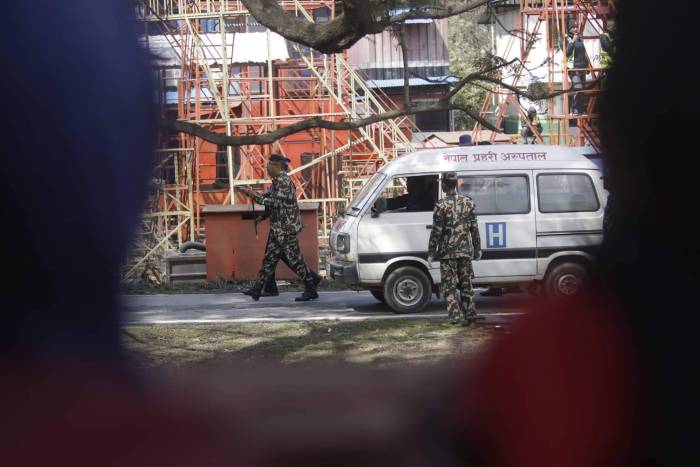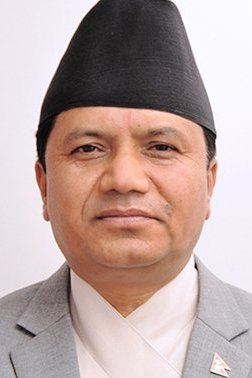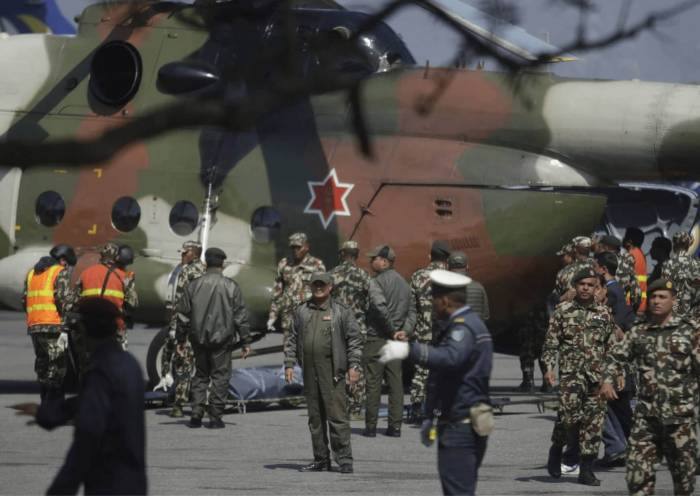On the eve of the Himalayan trekking and climbing season, Nepal’s helicopters once again dominate headlines. This time, a tragic crash claimed the lives of seven people, including the country’s minister of tourism and a prolific tour industry entrepreneur.
In the midday hours of February 27, the Air Dynasty helicopter piloted by captain Prabhakar KC crashed into a mountain only moments after takeoff. The people on board, none of whom survived, were members of the Nepalese government and travel industry. Their day trip had delivered them to the eastern portion of the country. There, they inspected the site of a proposed international airport.
For a country heavily dependent on tourism revenue, expanding air travel infrastructure is essential for continued economic development. But the aviation industry continues to suffer growing pains.
Calls for Nepali Air Safety
This week’s crash comes on the heels of renewed efforts to increase air safety. Every season, over 1 million travelers visit Nepal. More than a quarter of those board planes and helicopters to access remote trekking and climbing areas.
In response to the systemic accidents that threaten to slow tourist traffic, particularly in the helicopter sector, Nepal’s Civil Aviation Authority recently commissioned an extensive safety review. In collaboration with the Helicopter Society of Nepal, a nascent organization assembled in October, the group evaluated crash data going back to 2006.

The joint committee determined that pilot error due to lack of experience and proficiency influenced the majority of fatal accidents. This was particularly true during takeoff. Early assessments issued from the Home Ministry of Nepal suggest this week’s crash appears to align with similar causation. With the crash site heavily secured by Nepal’s military, only a thorough investigation will conclude if that was, in fact, the case.
High-Profile Crash Victims

As Nepal is one of the world’s most popular outdoor travel destinations, thousands of past visitors have an indirect connection to the victims. Ang Tshering Sherpa was the founder of Yeti Airlines, Air Dynasty helicopter service, and a vast network of hotels, lodges, and trekking agencies. There are few aspects of Nepal’s travel and aviation industries beyond his involvement.
Rabindra Adhikari was Nepal’s minister of tourism, culture, and aviation. Clearly, his work impacted many aspects of visitors’ experiences in the country.
The other people on board included Birendra Shrestha and Dhruba Bhocchibhoya, both of the Civil Aviation Authority. Yuvaraj Dahal, secretary to the Minister of Tourism; Arjun Ghimire, a retired military officer; and an acting security guard were also lost.
National Mourning in Nepal
Today, the country is in a state of national mourning for all seven of the passengers. Special honors extend to Adhikari, the highest-ranking official.
One of the most influential men in the government, Adhikari served three terms in parliament. He attained his highest appointment last year. One of his most well-publicized actions in that time, and most pertinent to trekkers and climbers, involves his efforts to address the growing helicopter rescue scandal.
As we reported in July, fraudulent helicopter rescues and suspicions of widespread racketeering remain the worst of the black eyes to hit Nepal’s trekking and climbing sector. For the 35,000 adventurers to visit the Everest region alone, knowing of the unresolved issues could avert an unnecessary personal crisis.
The identities of the official players in the criminal enterprise are still unknown. But only time will tell how Adhikari’s influence, and subsequent absence, fits into that eventual outcome.

Christophe Noel is a freelance journalist, photographer, and general vagabond. He can often be found with a map in hand, lost, in the most remote corners of the globe. The founder of Clean Drink Adventures, he believes in the power of the traveler and doing good as you go.






